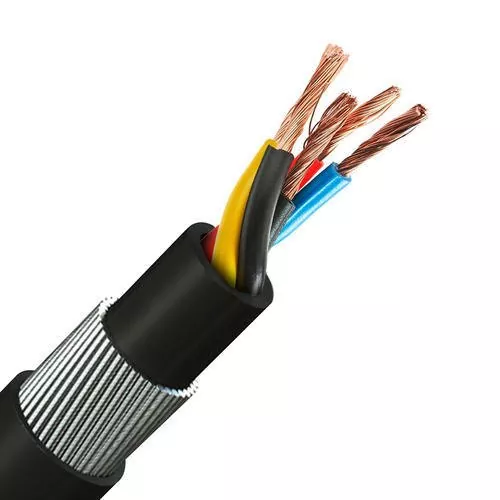 English
English Español
Español  Português
Português  русский
русский  Français
Français  日本語
日本語  Deutsch
Deutsch  tiếng Việt
tiếng Việt  Italiano
Italiano  Nederlands
Nederlands  ภาษาไทย
ภาษาไทย  Polski
Polski  한국어
한국어  Svenska
Svenska  magyar
magyar  Malay
Malay  বাংলা ভাষার
বাংলা ভাষার  Dansk
Dansk  Suomi
Suomi  हिन्दी
हिन्दी  Pilipino
Pilipino  Türkçe
Türkçe  Gaeilge
Gaeilge  العربية
العربية  Indonesia
Indonesia  Norsk
Norsk  تمل
تمل  český
český  ελληνικά
ελληνικά  український
український  Javanese
Javanese  فارسی
فارسی  தமிழ்
தமிழ்  తెలుగు
తెలుగు  नेपाली
नेपाली  Burmese
Burmese  български
български  ລາວ
ລາວ  Latine
Latine  Қазақша
Қазақша  Euskal
Euskal  Azərbaycan
Azərbaycan  Slovenský jazyk
Slovenský jazyk  Македонски
Македонски  Lietuvos
Lietuvos  Eesti Keel
Eesti Keel  Română
Română  Slovenski
Slovenski  मराठी
मराठी  Srpski језик
Srpski језик
The Difference Between High Voltage Cables and Low Voltage Cables and Their Usage Scenarios
2024-12-29
High-voltage cables and low-voltage cables are cables of two different voltage levels, and there are obvious differences in voltage level, conductor material, insulation material, use and structure.
Voltage level: The voltage level of high-voltage cables is generally above 1kV, and can even reach several thousand volts. Low-voltage cables' voltage level is generally below 1kV, and the maximum does not exceed 400V.
Conductor material: The conductor of high-voltage cables usually uses steel wire or aluminum rod, which has high mechanical strength and corrosion resistance, otherwise it may not be able to withstand the stress during high-voltage power transmission. Low-voltage cables can use copper wire or aluminum wire to obtain better conductivity and lower resistance.
Insulation material: The insulation layer of high-voltage cables is generally cross-linked polyethylene (XLPE) or ethylene-propylene rubber (EPR), which pursues higher voltage resistance and electrical performance. The insulation layer of low-voltage cables uses polyvinyl chloride (PVC) or polyethylene (PE), suitable for low-voltage transmission, low price and easy processing.
Uses and scenarios: High-voltage cables usually be used for transmission lines, distribution systems, factory workshops, large facilities and other scenarios in power systems. They have long transmission distances and large power capacity, meeting the needs of long-distance high-voltage power transmission. Meanwhile, low-voltage cables are more suitable for home wiring, office lighting, commercial places, small facilities and other scenarios. They have shorter distances, lower prices, and are easy to install and maintain.
Design and structure: High-voltage cables usually have thicker insulation layers, stronger mechanical properties, and higher voltage resistance. The conductor cross-section is larger and can withstand larger currents. At the same time, the design will also take into account the thermal effects and electrical stress distribution during power transmission. Low-voltage cables are relatively thin and have relatively simple structures. The main considerations are economy and ease of installation. Generally, no special machining and installation techniques are required.




